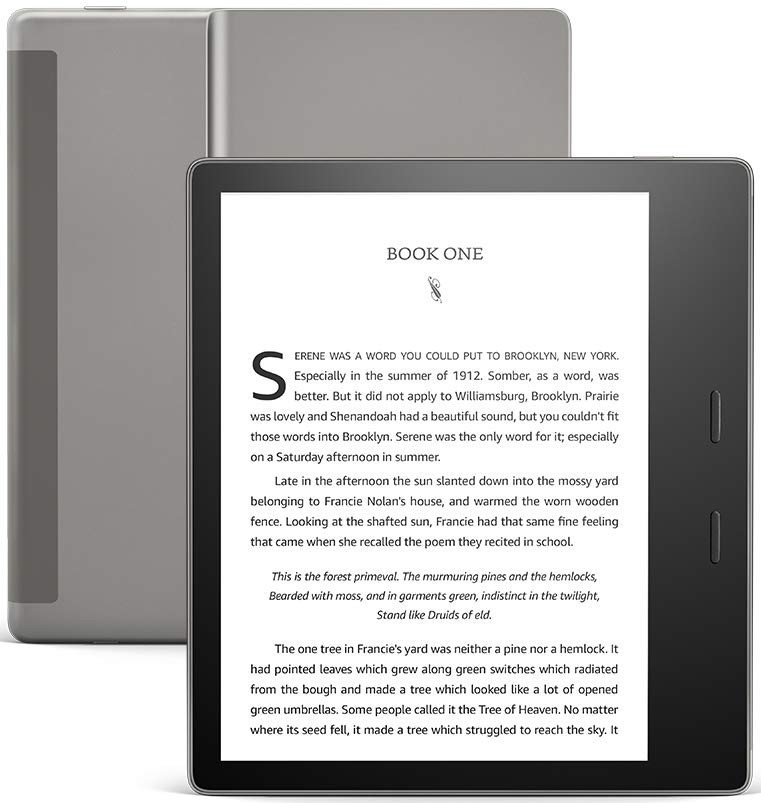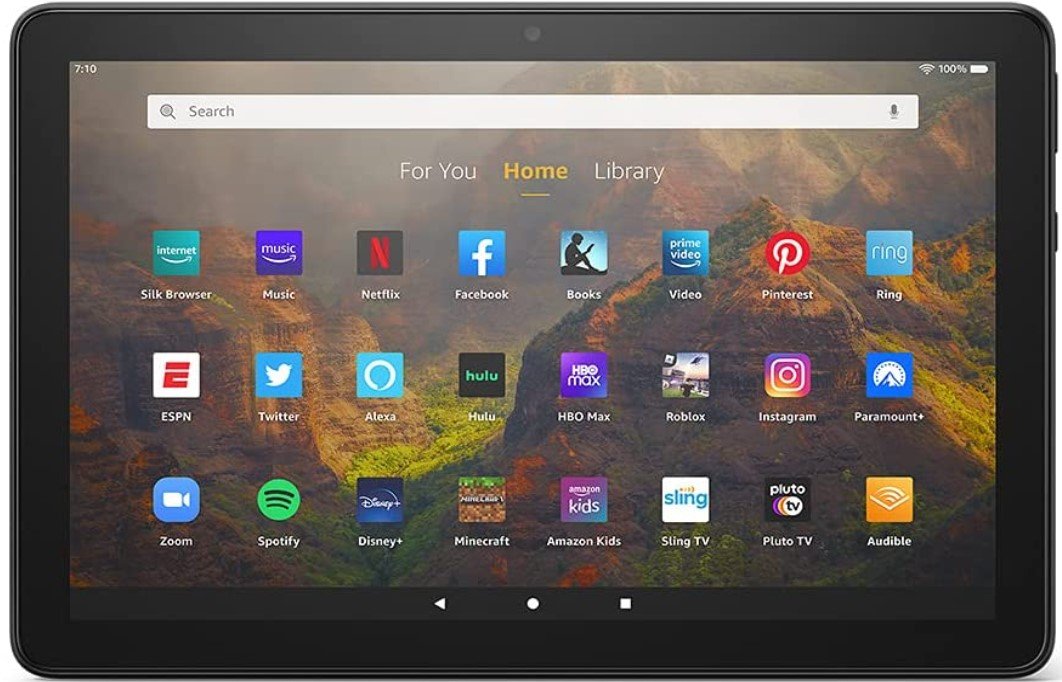Best answer: Amazon's devices with Special Offers (now called Ad-Supported devices) are products like the Kindle e-readers and Fire tablets that feature targeted lock screen ads but come at a reduced price to the consumer.
What are Kindle and Fire tablet Ad-Supported devices?
You may have come to this article wondering just what Kindle and Fire tablet special offers, or Ad-Supported devices, are, so let's take a minute to explain what this idea is. Amazon introduced the concept of devices with Special Offers a while back to reduce the entry cost into the Kindle, and then later, the Fire Tablet ecosystems.
Amazon has always offered relatively low-cost hardware, particularly during major shopping events like Black Friday or Prime Day, but it pitched the Special Offers as a way to offset those expenditures further. The devices with Special Offers, now called Ad-Supported devices, consist of lock screen/screensaver ads personalized to you based on your shopping preferences and browsing habits on Amazon.
Generally speaking, ordering an Ad-Supported Amazon device like one of the best Kindles or one of the best Fire tablets such as the high-end Kindle Oasis e-reader will save you around $15-$20 off the same product without those lock screen ads. That's not insignificant, even on an already inexpensive media consumption device.
Amazon makes its money not from the sale of its devices but rather the hook into its ecosystem of products and services. So the company (rightly) figures that if it gets as many devices as possible into the hands of its customers at a low price, they are far more likely to continue consuming Amazon's content and order products from the e-commerce giant.
Lock screen ads are terrible, right? Not so fast ...
Right off the bat, many automatically scoff at the idea of paying for a content consumption device with ads front and center. I'm not sure why that's so objectionable, as we regularly willingly pay for ad-supported media (directly or indirectly). Just look at that magazine on your coffee table or, heck, your favorite website! Ads regularly support and subsidize content delivery.
These lock screen ads aren't that bad either. Most of the time, you're not going to get ads for toilet paper or lentil soup. You're far more likely to see ads for a book that Amazon's algorithms think you'll be interested in or a new Prime Video series. Not too objectionable in my book (pun intended), particularly because the media artwork is prominently displayed so that they don't really look like ads. While you sometimes see ads for more traditional, physical products (mainly on the Fire Tablets), even those are personalized based on your shopping habits and browsing preferences from your Amazon account.
While the Ad-supported Kindles used to also feature targeted ads on your device's home screen, that's no longer the case. As of August 2021, all ads have now been removed from the Ad-Supported Kindle home screen and are currently only displayed when the device is in sleep mode. Additionally, the only promotional content you'll see on the home screen now is recommended books, which are based on books you already own.
The best part of all? Even if you get an Ad-Supported device and hate it, you can just pay to remove the ads (in the device settings or through your Amazon account). You don't pay any extra over the initial difference; instead, you pay the balance between the Ad-Supported and the version Without Ads. Seriously, if you're not sure if the ads will bother you, why not try this method? You may end up saving a few bucks.
What device should you get?
Obviously, this is up to personal preference and budget, but I think that even if you can afford to get the devices without ad support, you shouldn't. I've owned many Kindles and Fire tablets, and only once have I purchased one that wasn't Ad-Supported. Honestly, I didn't notice one way or another! That tells me that the lock screen ads never bothered me at all, and they were a way to save $15-$20 or so with each device.
I also found that the ads were either accurate at guessing what I might be interested in or at least non-offensive and non-invasive. They often consist of cover or album artwork, and honestly, they are not bad to look at when my device is locked.
Reading at a reduced rate
Kindle Oasis (2019) – Ad-Supported
$250 at Amazon $345 at Walmart
The best e-reader experience
Amazon's top-of-the-line e-reader can be had at a discount as an Ad-Supported device.
Entertainment extravaganza
Fire HD 10 10.1" Tablet (2021)
$100 at Amazon $100 at Best Buy
The unforgettable Fire
The newest Fire HD 10 packs a full HD screen, expandable storage up to 1TB, and up to 12 hours of entertainment use. You can also get a productivity bundle with a keyboard and Microsoft Office 365
Source: androidcentral


